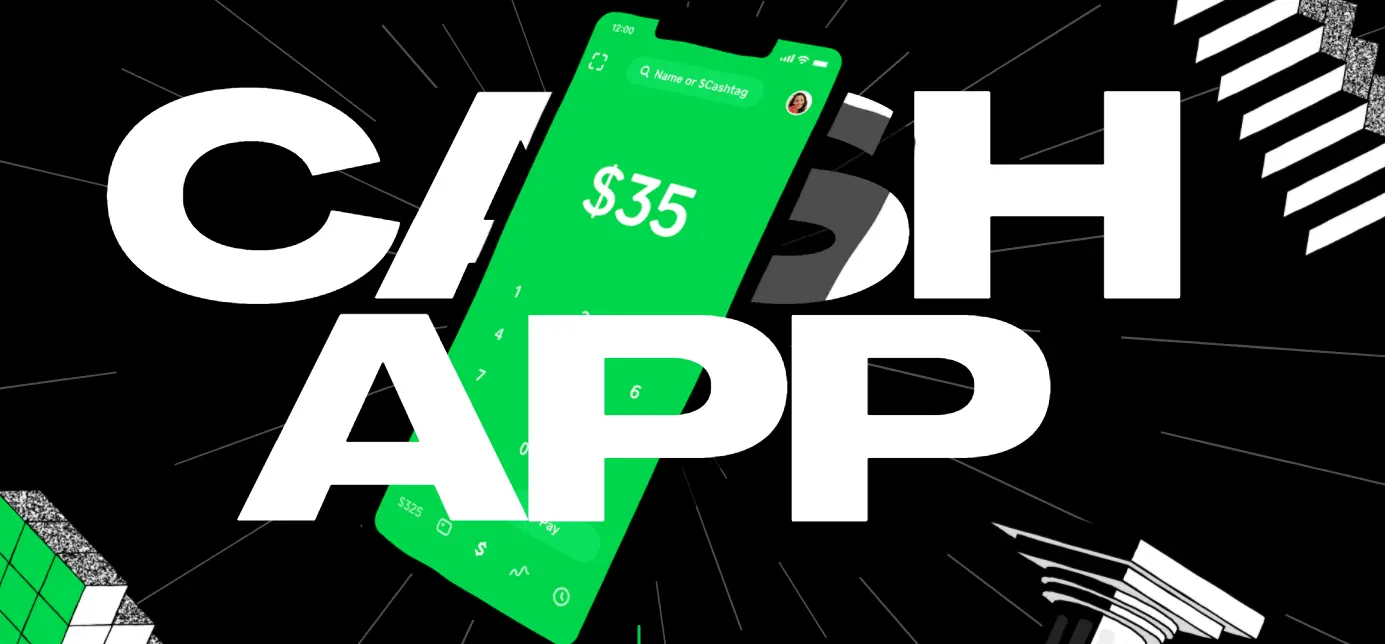Health insurance can sometimes feel overwhelming. Premiums, co-pays, networks, and especially deductibles all affect how much you spend and the type of care you can access. For most people shopping for coverage, the big question is: What is a good deductible for health insurance?
The answer isn’t the same for everyone. A “good” deductible depends on your income, your healthcare needs, your financial safety net, and your comfort with risk. This guide will help you understand how deductibles work, how to balance costs, and what to look out for when comparing plans.
What Is a Health Insurance Deductible?
A deductible is the amount of money you must pay out of pocket each year for covered healthcare services before your insurance plan begins paying.
Example:
- If your deductible is $1,500, you’ll pay the first $1,500 of covered services yourself.
- After that, your insurance will start sharing costs with you, often through coinsurance or co-pays.
Not all services apply to the deductible. Preventive care, like annual checkups or vaccinations, is usually covered before you meet your deductible.
Average Deductible Amounts
Deductibles vary widely depending on the plan type:
- Employer health insurance: Deductibles often range between $500–$2,000.
- Marketplace or ACA plans: Can range from $0 deductible health insurance options to $7,500+ for high-deductible plans.
- Medicare Advantage and Medicaid: Deductibles are usually much lower, though costs vary by state and provider.
High vs. Low Deductible: Which Is Better?
When choosing a deductible, the real question is: Do you want to pay more upfront each month, or risk paying more out of pocket when you need care?
Low Deductible Plans
- Deductibles: $0–$1,000
- Monthly premiums are higher
- Best for: People with chronic conditions, regular prescriptions, or frequent doctor visits
High Deductible Plans
- Deductibles: $2,000–$7,500+
- Lower monthly premiums
- Often paired with Health Savings Accounts (HSAs)
- Best for: Younger, healthier people who rarely see the doctor
What Is a “Good” Deductible?
A “good” deductible is one that:
- Fits your budget – You can pay it if needed without financial strain.
- Matches your health needs – If you need frequent care, go lower. If you’re healthy, you might be fine with higher.
- Balances premiums and risk – Avoid going too low or too high just because it looks cheaper.
For many families, deductibles between $1,000 and $2,500 strike the right balance. But some people prefer the security of 0 deductible health insurance, even if it means paying higher monthly premiums.
Health Insurance and Innovations
Healthcare companies continue to innovate to make coverage more flexible. For example, analysts often look at health insurance innovations stock trends to see how insurers are adapting with digital tools, telemedicine, and personalized plans. Many of these innovations are designed to help patients manage deductibles and out-of-pocket costs more effectively.
Even large insurers—sometimes referred to as a health insurance giant—are experimenting with new cost models to give people more choice.
Deductibles Around the World
Not every country handles deductibles the same way. For instance:
- Health insurance Hungary: Many residents use a mix of public healthcare with optional private insurance. Deductibles tend to be lower than in the U.S.
- Health insurance New Mexico: As a U.S. state marketplace, it offers a wide range of deductible options, primarily through ACA plans, including low-income subsidies.
These differences highlight how location and regulations impact what counts as a “good” deductible.
Special Situations and Questions
1. Does Fujifilm Have Health Insurance?
Surprisingly, yes. Large corporations like Fujifilm offer employee benefits that include health coverage. The details vary by location, but deductibles are usually part of the plan.
2. IHSS Health Insurance
If you’re part of California’s In-Home Supportive Services (IHSS) program, you may qualify for health insurance benefits. The process of how to apply for IHSS provider health insurance depends on the county you live in. These plans often come with relatively low deductibles to ensure caregivers can afford care.
3. Health Net Insurance for Drug Addiction Center
Specialty services, such as addiction treatment, are often covered by plans like Health Net insurance for drug addiction centers. Deductibles apply, but some services may fall under special coverage rules.
4. Oscar Health Insurance Phone Number
New insurance companies like Oscar Health make it easier to ask questions directly. If you’re unsure about deductibles in your plan, you can call the Oscar Health Insurance phone number or check their online portal.
5. First Health Insurance Phone Number
The same goes for established providers. Calling First Health Insurance’s phone number is often the fastest way to clarify how your deductible applies to different treatments.
6. What Insurance Does Oak Street Health Accept?
If you’re considering Oak Street Health, knowing what insurance it accepts is key. They typically work with Medicare and some private insurers, and deductibles vary based on the chosen plan.
Can You Cancel Health Insurance at Any Time?
Not exactly. In most cases, you can only cancel or change your health insurance during open enrollment or after a qualifying life event (like marriage, job change, or moving states).
If you’re locked into a plan with a deductible that feels too high, you may have to wait until the next enrollment period to adjust. However, Medicaid, CHIP, and special programs often allow year-round changes.
Deductibles and Mental Health or Addiction Care
One area where deductibles matter greatly is behavioral health. If you’re seeking rehab or therapy, plans like Health Net insurance for drug addiction centers can make a difference. In some cases, these programs reduce or waive deductibles to ensure patients access treatment without financial barriers.
How to Choose the Right Deductible: Step-by-Step
- Review your health history – Do you have ongoing conditions, prescriptions, or planned surgeries?
- Calculate your emergency fund – Can you pay $2,000–$3,000 out of pocket if needed?
- Compare premiums vs deductibles – Sometimes a $500 higher premium saves thousands later.
- Look for employer contributions – Some jobs cover part of your deductible.
- Ask questions – Call your insurer (e.g., Oscar Health Insurance phone number or First Health Insurance phone number) to confirm details.
- Check special services – If you need specific care (like Oak Street Health or addiction treatment), confirm how the deductible applies.
The Bottom Line
So, what is a good deductible for health insurance?
- If you want peace of mind and visit the doctor frequently, choose a low deductible or even a zero-deductible health insurance plan, if affordable.
- If you’re young, healthy, and saving money, a high deductible with lower premiums might be a more intelligent choice.
- Always weigh your health needs, financial situation, and available resources before deciding.
Health insurance is never one-size-fits-all. Whether you’re checking health insurance Hungary models, researching options in New Mexico, or calling providers like Oscar Health or First Health, the right deductible is the one that balances cost and care for your unique life.



















